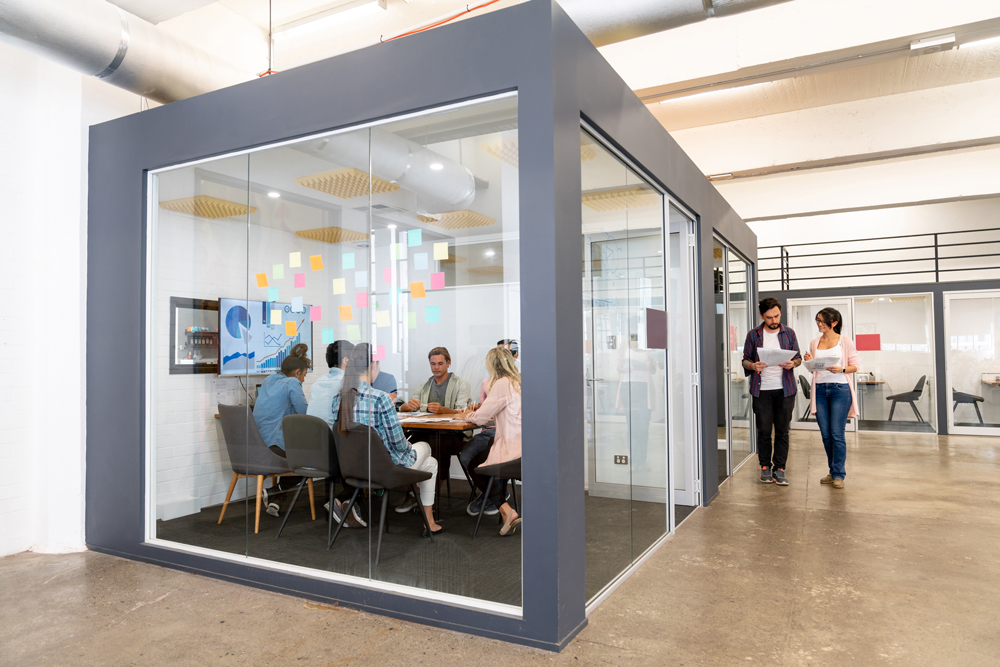Flexible Workspace Trends We’re Watching in 2019
Office space is a unique sector. Offices need to be functional while suiting many different roles, employees, and personalities. Some offices have argued that an open format workspace is ideal. However, many open spaces can be noisy, full of distractions, and lack privacy. On the opposite side of the spectrum, we have cubicles. These spaces help ensure you have privacy and fewer distractions, but you are basically closed off from interaction and collaboration. In an effort to find a happy medium, you may have heard about flexible spaces.
What is Flexible Workspace?
Flexible office space is considered an alternative to more traditional office styles. It allows for versatility, which has begun to change the game and benefits employees and employers alike. A flexible office presents diversity in the areas employees can work, and often combines open layout office space, and private cubicles or workspace.
Why Choose Flexible Workspace?
Multiple options allow different types of employees to thrive. Most flex workspaces, as they are also known, utilize modular furniture and easy to move dividers to allow the space to be changed if needed. This creates a cost-efficient and effective option if something needs to be altered or redesigned in the future.
Additionally, this allows you to support the growth or change of a company. You can reconfigure the size, shape, and style of work areas if needed. Companies are also able to support remote and contracted employees, or temp positions with ease. This alleviates the need to generate space in a pinch. Flex workspaces also encourage employee interaction, without forcing them to interact, as an open workspace can. It helps facilitate lines of communications and promotes employee happiness overall.
According to a study done by The Instant Group:
- Landlords recorded increase property values, an increase in tenants and fewer vacancies.
- Operators quoted increases in enterprise customers and more ways to offer flexible options to customers.
- Corporate occupiers felt they benefited from employee flexibility and reduced costs.
- Small business owners the flexible work option, networking opportunities and expanded professional network.
Additionally, 72% of those surveyed by The Instant Group said they felt the growth of the flex workspace in the office sector had a positive effect on their work. In major metropolises like Miami, Boston, The Bay Area and New York flexible office space has proven effective in making sure companies feel like they are getting the most from their leases.
This is also giving investors and landlords better returns. When looking at real life profitability of flex workspaces, we can observe CommonGrounds Workspace in San Diego. This company operates flexible office spaces in the western U.S. Recently, they announced they raised $100 million toward expansion. WIthin the next few years, they plan to operate around 2 million square feet of flex workspace.
As we are required to work more, it is important that the office space expands into something that facilitates employees, employers and building owners where the offices are housed. Flex workspace seems to do just that, and it is exciting to glimpse into what it has to hold for the future.


